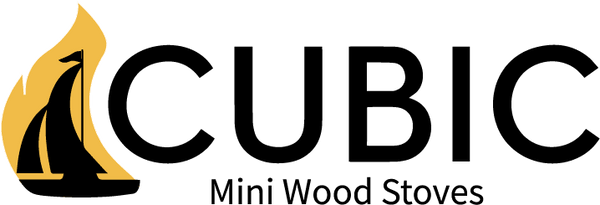Certified units Vs. Non certified units.
When is a non certified unit used?
Generally, non-certified units are used in spaces that do not need to follow building code, and spaces that are not insured.
When is a certified unit used?
Generally, certified units are for installations that need to follow building code and have insurance requirements.
What are the practical physical differences between them?
There are 3 main differences between them.
1) The certified unit has a shield under the stove so it can be placed onto a single hearth pad.
2) It has 2 holes in the flue collar to facilitate a mechanical connection between the stove and the pipe.
3) The air intake handles were moved and the door handle was lengthened so it did not exceed the temperatures outlined in the standard
Other than that, both stoves are the same and have the same heat output.
The installation of a certified unit is not the same as a non certified unit.
The main difference would be the flue system.
With a non certified installation, the 3” pipe goes from the top of the stove and terminates 1 foot above the highest point of the roof. Just before the ceiling, the 5” pipe goes over the 3” pipe and terminates 1.5” below where the 3” pipe terminates. The exit kit allows for the safe and waterproof passage of the pipe through the roof and down through the ceiling.
With a certified installation, the 3” pipe goes from the top of the stove and then connects to a certified 6” residential double wall chimney system (Duravent) with the use of our 3”-6” cone adapter about 10” or so below the ceiling. From the ceiling upward it would be the 6” system that would be installed. Currently we do not sell those components, only the 3” pipes and cone. Certified installations do not use our exit kits.
Due to the clearances of the 6” chimney components, wall mounts cannot be mounted directly to a wall. To have the pipes aligned, the wall mount will need to be installed on some sort of box to get the wall mount and stove further off the wall so the 3” pipe can be properly aligned with the 6” chimney components.
Before ordering, you should consult with a professional WETT certified installer, local laws and regulations along with your insurance company.
